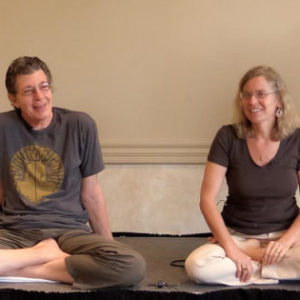ONLINE COURSE CO-TAUGHT BY DR. CLAUDIA WELCH AND DR. ROBERT SVOBODA
Welcome! We’re glad you are here. This 14.9-hour lesson helps us understand how the body and its tissues (that we learned in Lesson 3) are connected and nourished through a constant flow. We learn how disorders arise when that flow is thwarted and what those disorders might look like, refining the understanding of disorders that we have begun to see in previous lessons. Of particular interest to students already familiar with the learning objectives for this lesson, might be the insights and discussion around the organs of the body. It is curious how little description or emphasis is placed on the organs in the classics of Āyurveda. When they are discussed, the organs are generally discussed in the context of the srotāṃsi. In this lesson, along with the srotāṃsi, we explore curious and fascinating aspects of related organs. (We looked at the liver in Lesson 2 of Foundations of Ayurveda Part II). Also of interest might be the beginning of an exploration (we continue in Lesson 5) into the relation of the bāhya srotāṃsi with the mukhas of the abhyantara srotāṃsi –particularly (in this lesson) in relation to ārtavavāhasrotas and rajovāhasrotas. Regarding this particular course, you should know it is one excerpted lesson of our Foundations of Āyurveda Part II course. We are offering each lesson of that course as a stand-alone lesson–like this one–so that people can explore just one topic of interest but, if it seems a little out of context standing alone, it is because it is indeed out of context. But we feel the information presented will be valuable nonetheless.
If you would like more information on this course than what you’ll find on this page, whether it is approved for NAMA credits, etc., kindly peruse the home page–including the FAQs– for Foundations of Āyurveda Part II.
Textbooks: Dr. Vasant Lad’s Textbook of Ayurveda, Volume 1: Fundamental Principles of Ayurveda and Textbook of Ayurveda, Volume 2, A Complete Guide to Clinical Assessment, You can go through this course without either text, relying only on our lectures and handouts, but throughout our lessons we recommended readings from one or the other of these books, to enhance the information.




Reviews
There are no reviews yet.